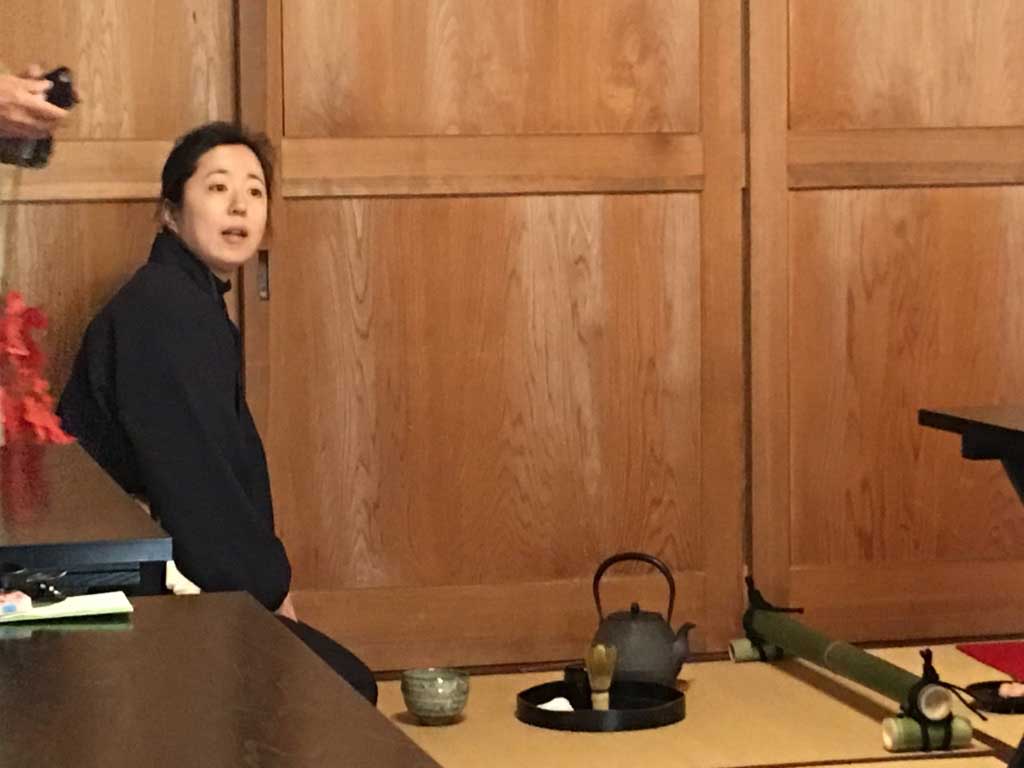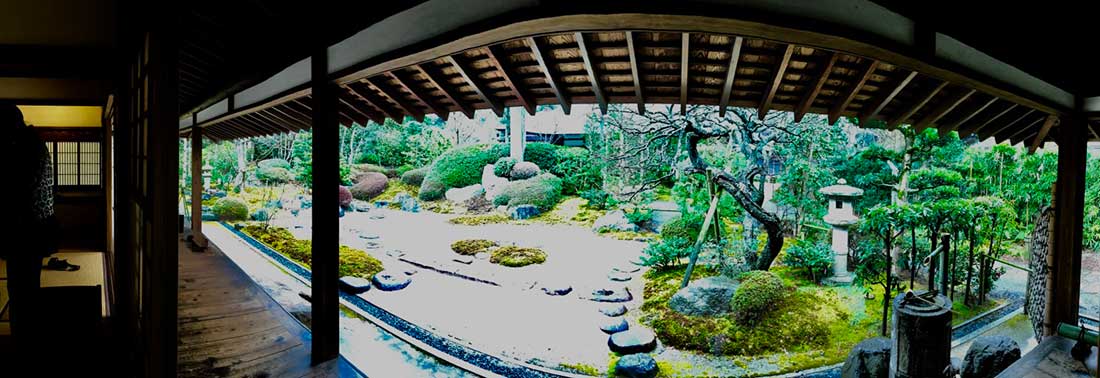By Urvashi Verma
The Japanese tea ceremony, called “Chanoyu” “Sado” or “Ocha,” is a traditional ritual that dates to 9th century Japan. For both the host and guests, it is less about drinking tea and more about having an existential experience, or preserving the sanctity of the moment.

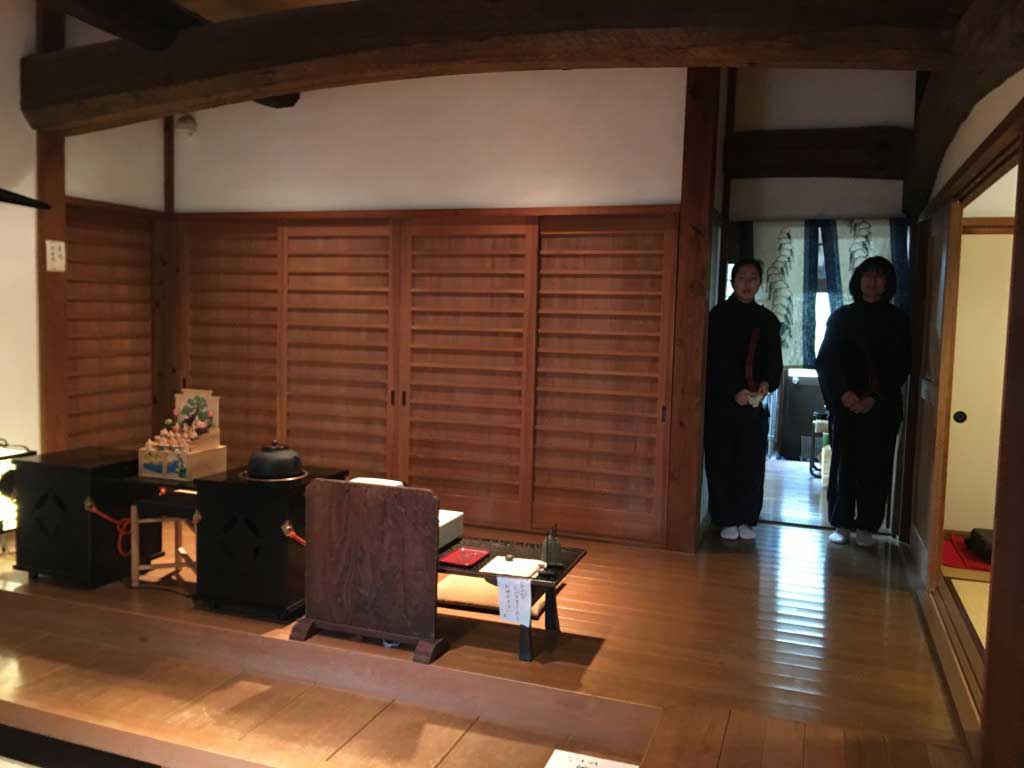
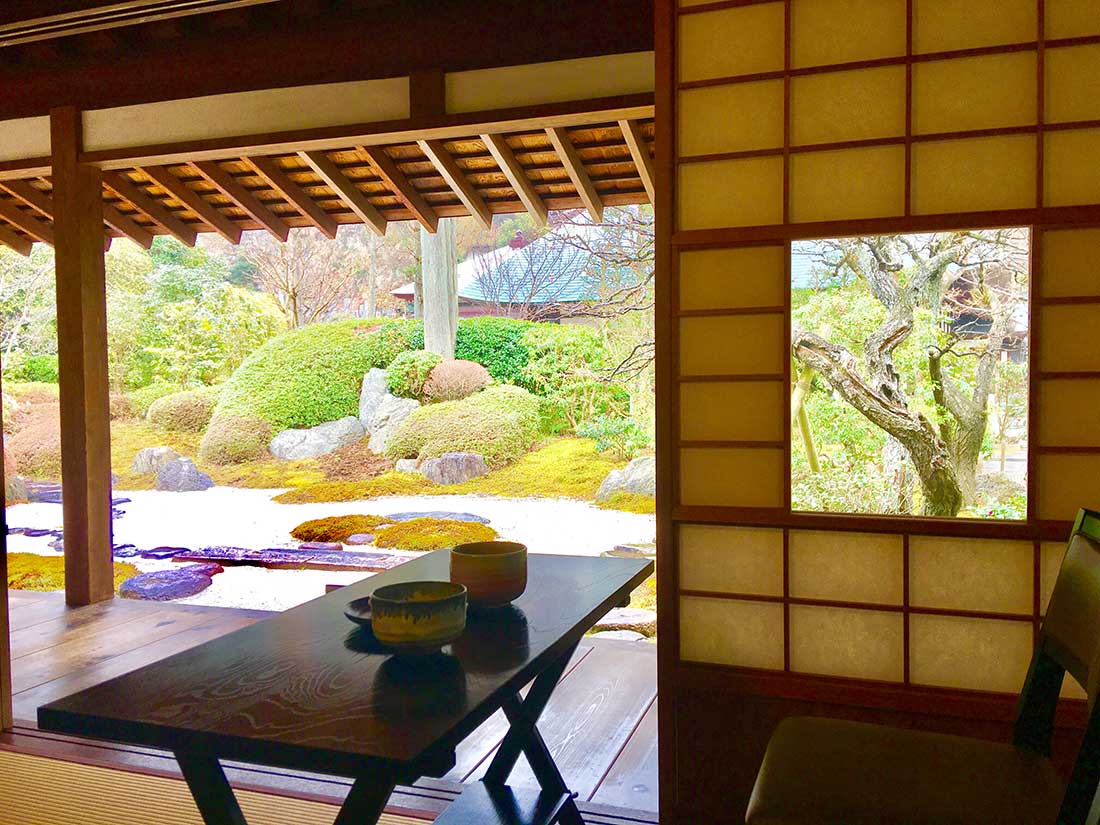

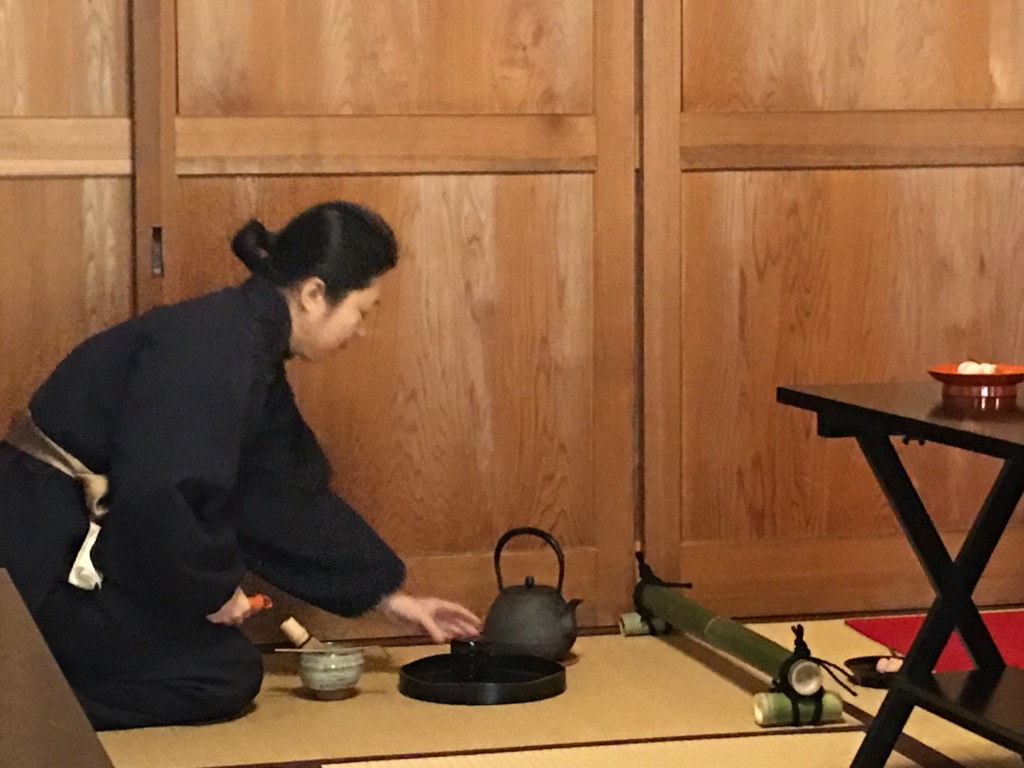
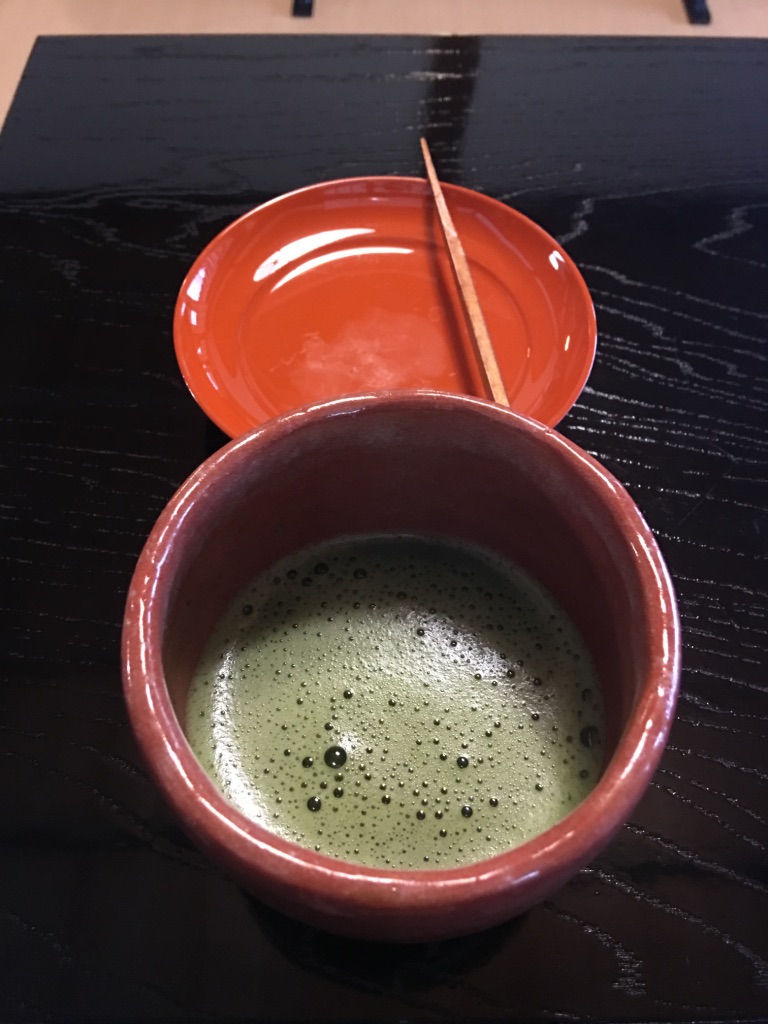

The proper way to drink koicha matcha is to place the cup in the palm of the left hand, holding it above chest height. The cup should be turned clockwise two times so that the “shomen,” or front of the cup, is to the left. Then the chief guest, or “shokyaku,” must nod and acknowledge gratitude toward the host and drink the tea.
